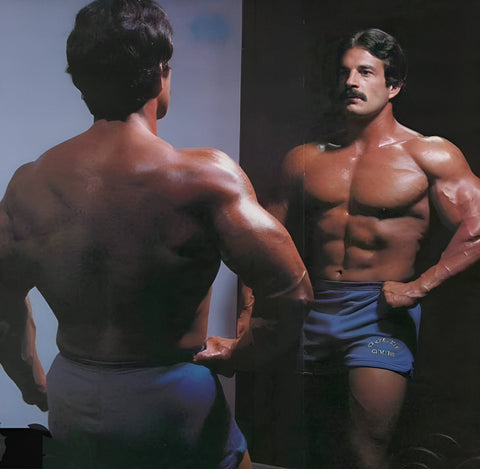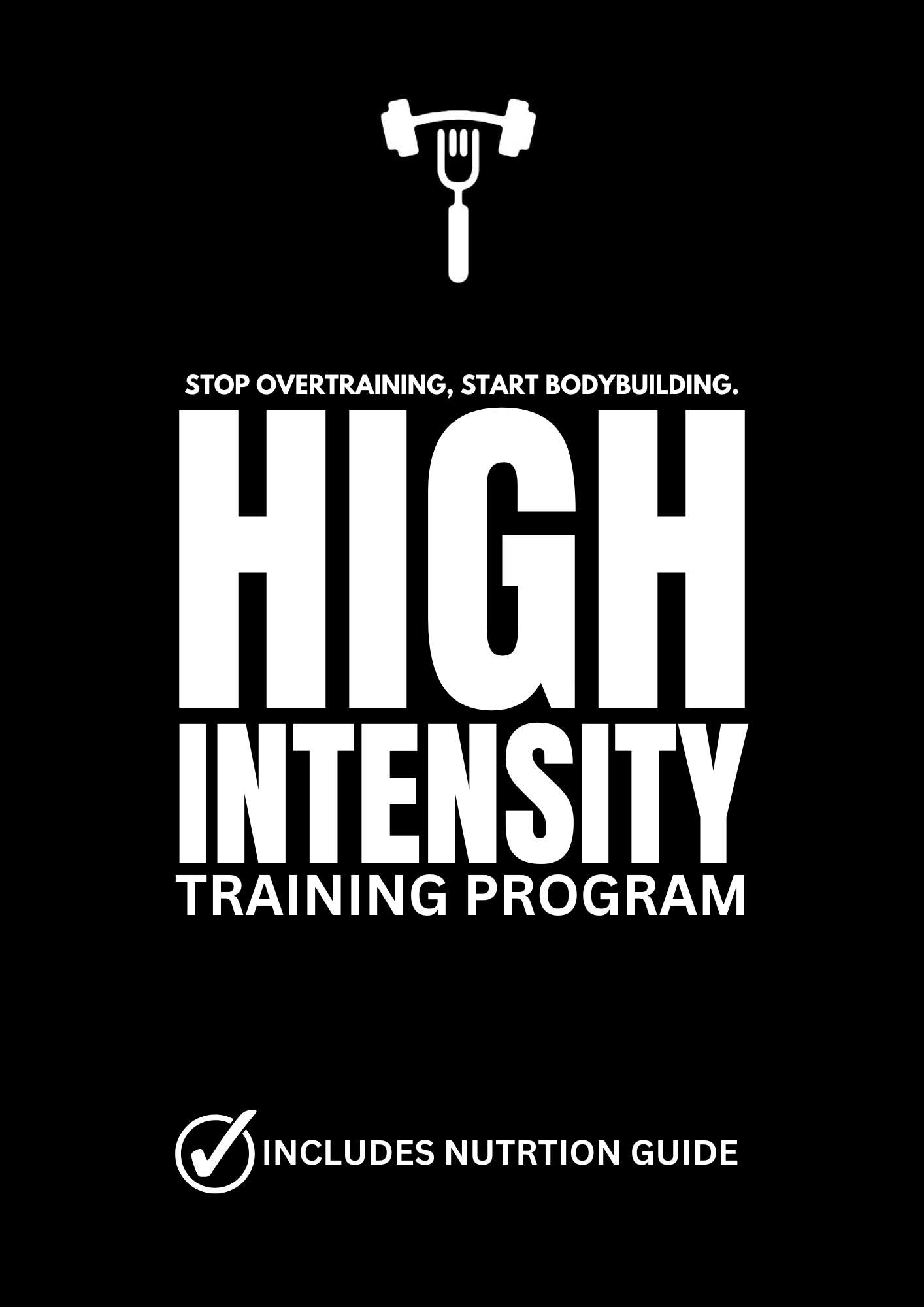Understanding Muscle Growth: A Comprehensive Guide

Are you putting in the hard work at the gym but unsure if you're really gaining muscle? Understanding the process of muscle growth can help you gauge your progress more accurately and tailor your workout routine for optimal results. In this guide, we'll delve into the principles of muscle growth, drawing inspiration from the insightful perspectives of a renowned figure in bodybuilding philosophy.
1. Intensity Over Volume:
One key principle to keep in mind is the emphasis on intensity rather than sheer volume. Instead of mindlessly logging hours in the gym, focus on pushing your muscles to their limits during each workout session. This involves lifting heavier weights and performing fewer repetitions with proper form.
2. Progressive Overload:
The concept of progressive overload lies at the core of muscle growth. It entails gradually increasing the demands placed on your muscles over time. This can be achieved by lifting heavier weights or repetitions, or reducing rest periods between sets.
3. Listen to Your Body:
Pay close attention to the signals your body sends during and after workouts. Muscle growth occurs during the recovery phase, so it's essential to allow adequate time for rest and recovery. Overtraining can hinder progress and increase the risk of injury, so be mindful of your body's limitations.
4. Quality Over Quantity:
Contrary to common misconceptions, more repetitions don't necessarily equate to more muscle growth. Instead, focus on performing each repetition with maximum effort and maintaining strict form throughout. Quality repetitions stimulate muscle fibers more effectively than sloppy, half-hearted movements.
5. Nutrition and Recovery:
Building muscle isn't just about what you do in the gym; it's also about what you put into your body and how well you allow it to recover. Ensure you're consuming enough protein to support muscle repair and growth, and prioritize sufficient sleep to facilitate optimal recovery.
6. Keep Track of Progress:
Tracking your progress is crucial for assessing whether you're gaining muscle effectively. Take regular measurements of your body composition, strength gains, and overall performance in the gym. This objective feedback will help you adjust your training program as needed to continue making progress.
7. Consistency Is Key:
Building muscle is a gradual process that requires consistent effort over time. Stay committed to your workout routine and make adjustments as necessary to keep challenging your muscles. Remember that results won't happen overnight, but with dedication and perseverance, you'll steadily progress toward your goals.
By incorporating these principles into your training regimen, you'll be better equipped to gauge your muscle growth accurately and make informed decisions about your workout approach. Remember, it's not just about lifting weights—it's about understanding the science behind muscle growth and applying it strategically to achieve the results you desire.

